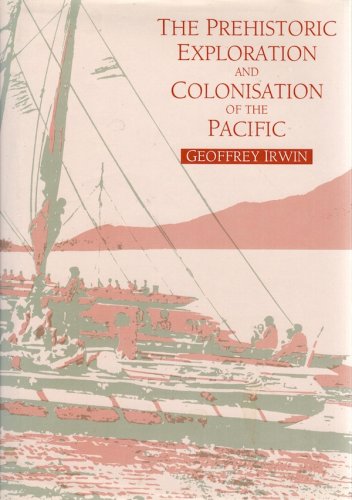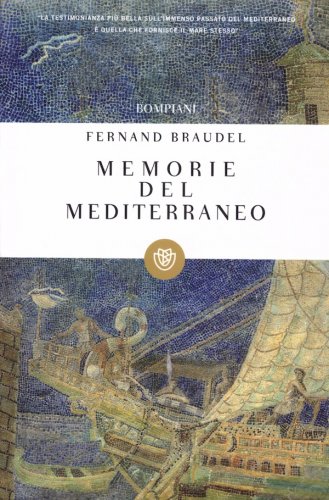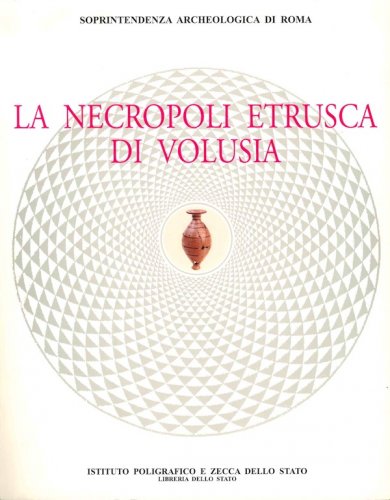Prehistoric exploration and colonisation of the Pacific
Prehistoric exploration and colonisation of the Pacific
- Disponibile in 48 ore
- Possibilità di reso entro 10 giorni lavorativi
- Transazione sicura con carta di credito, Paypal o bonifico bancario
- Spedizione tracciata con SDA
The exploration and colonisation of the Pacific is one of the most remarkable episodes of human prehistory. Early sea-going explorers had no prior knowledge of Pacific geography, no documents to record their route, no metal, no instruments for measuring time and none for navigation. Forty years of modern archaeology, experimental voyages in rafts and canoes, computer simulations of voyaging using real data on winds and currents have combined to produce an enormous range of literature on this controversial and mysterious subject. This book represents a major advance in the knowledge of and models for the settlement of the Pacific by suggesting that exploration was rapid and purposeful, undertaken systematically and that navigation methods progressively improved. The prehistoric exploration and colonisation of the Pacific is concerned with two distinct periods of voyaging and colonisation. The first began some 50,000 years ago in the tropical region of Island Southeast Asia, the continent of Australia and its Pleistocene outliers in Melanesia and was the first voyaging of its kind in the world. The second episode began 3500 years ago and witnessed a burst of sophisticated maritime and Neolithic settlement in the vast remote Pacific. This phase virtually completed human settlement of the planet apart from the ice-caps. Using an innovative model to establish a detailed theory of prehistoric navigation, Geoffrey Irwin claims that rather than sailing randomly in search of the unknown, Pacific Islanders expanded settlement by the cautious strategy of exploring first upwind, so as to ease their safe return. The range of strategies increased as geographical knowledge was added to navigational:it became safe to search across and down the wind returning by different routes. The author has tested this hypothesis against the chronological data from archaeological investigation, with a computer simulation of demographic and exploration patterns and by sailing throughout the region. He addresses ways in which the factors of geography and weather influenced the time and order of island settlement and why voyaging decreased in much of the Pacific after it was settled, in some places disappearing altogether. He shows that the colonisation of the remote Pacific should be seen as a coherent whole and that subsequent patterns of culture change of Pacific peoples were affected systematically by inter-island voyaging. He analyses what the evidence says of the culture of the people involved and the moti ves for what they did and whether there is evidence of their concern for survival.









